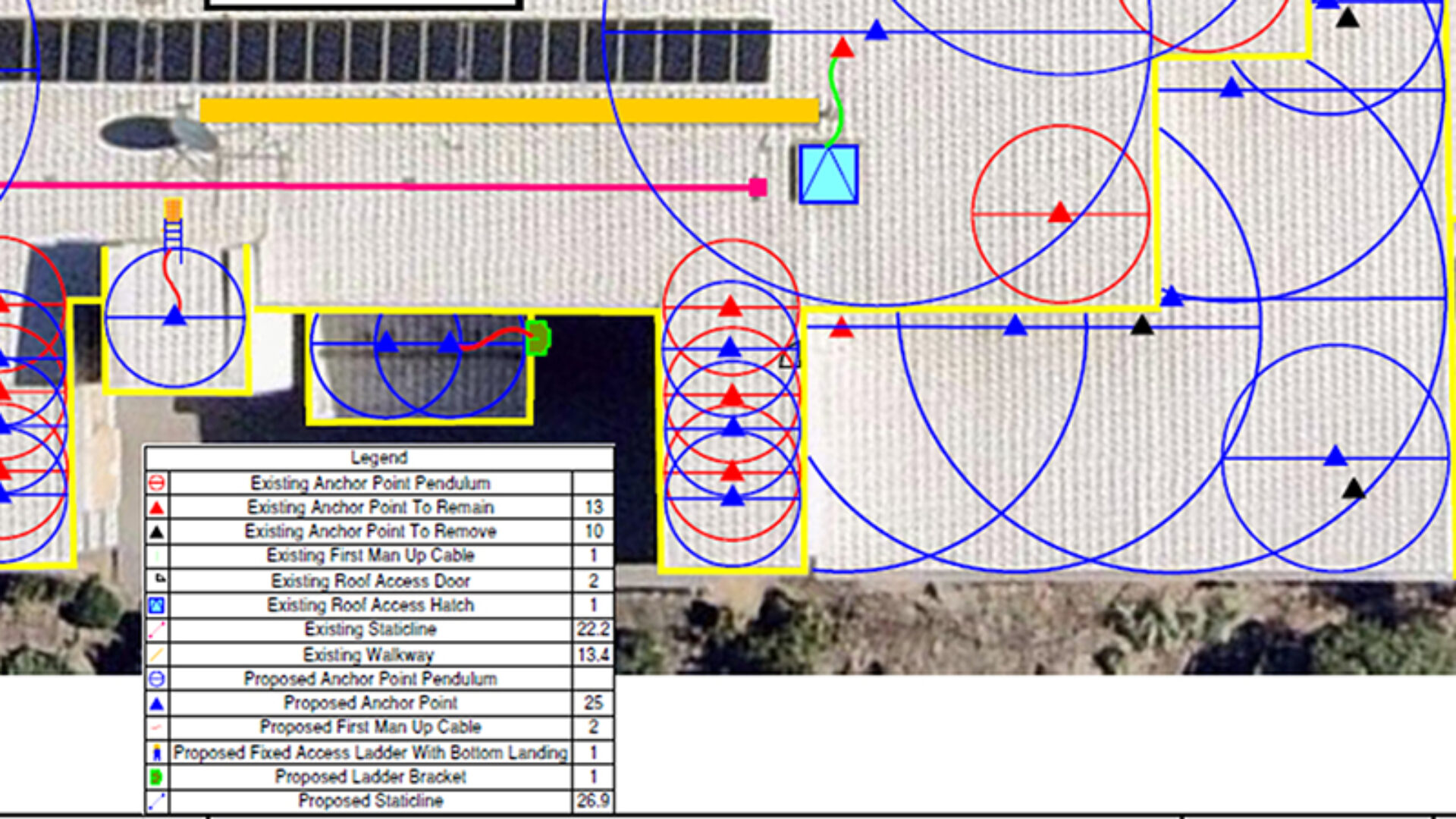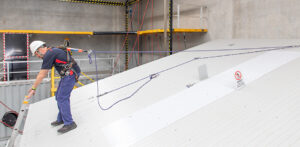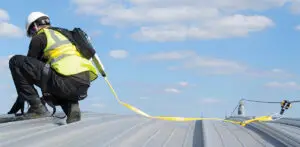Documentation and administrative controls form a crucial part of any workplaces safety systems. For building owners and facility managers, here is what you should have in place.
Administrative controls and documentation can often be disregarded when it comes to ensuring workplace safety. However, taking them seriously can assist PCBUs and others ensure those entering and working at their site understand the risks that are present as well as what processes and procedures are in place to mitigate them.
For those coming into a workplace, the site should have a comprehensive induction and sign on process. Manuals for installed safety systems and safe access procedures for high-risk areas should also be available to workers.
Documentation can also assist in ensuring that a workplace’s safety systems follow the Australian standards, and that any safety risks have been identified.
Induction and sign-on processes
Every worker entering site should go through an induction and sign-on process. The aim of the induction process is to give the worker an overview of the site, its risks and emergency response procedures. Signing on allows those responsible for the site to know who is present or not in the event of an emergency.
The induction process is important in informing workers about the risks that might exist on site, and what steps are in place to mitigate them. An induction should also inform the workers of what training requirements might be and have them confirm they have completed that training.
System manuals and safe access procedures
Having manuals for an installed roof access or fall protection system is critical for ensuring that workers understand what is installed in a fall risk area and how it should be used to protect against those risks.
The same applies for access procedures. These inform the workers of what needs to be done, and how, in order to safely access an area such as a roof, or unprotected edge.
Workers should make themselves familiar with these documents prior to starting work. Being unsure about how a safety system works can exacerbate the risks of a fall occurring when working at height.
Compliance documentation and risk identification
Building owners, facility managers and other PCBUs that have the responsibility to create safe places of work should also ensure that their safety systems are documented as being compliant with the relevant Australian standards.
Having roof access and fall protection systems inspected for compliance at least annually gives those PCBUs a certificate of compliance that attests to the fact that safety systems are being maintained correctly.
In cases where a building owner or facility manager does not have a complete picture of their site’s height safety risks, then having an audit completed can help provide a record of where the risks are, and their current severity. The audit can also provide a pathway to compliance for the site by listing out the work required to rectify identified height safety risks.
Taking safety further
PCBUs should also ensure that workers are following their own safe work method statements when working on site and have rescue plans in place for responding to a fall from height.
To discuss your site’s safety needs with our team of experts, call 1300 884 978 or email enquiries@heightsafety.net.





